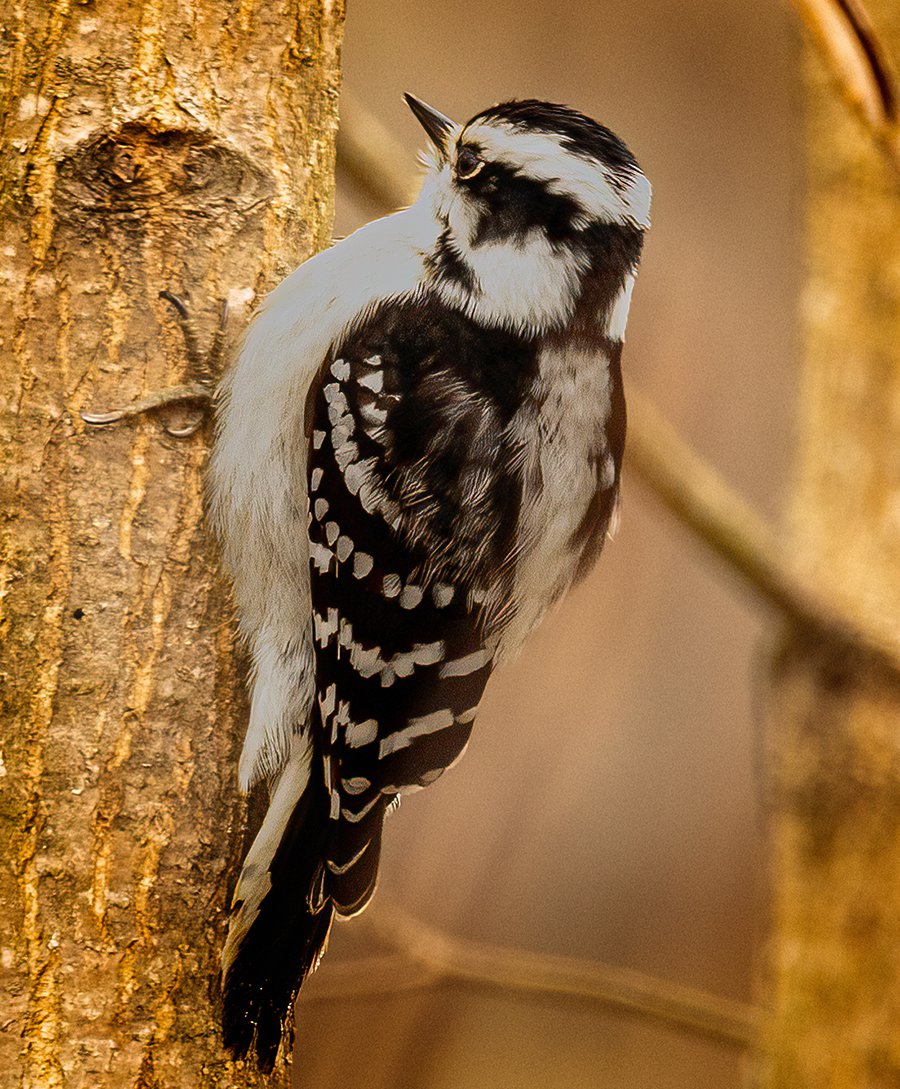Introducing the Keys of Woodpeckers: Actions, Habitat, and Extra
Woodpeckers, with their distinct behaviors and specialized adjustments, have lengthy captivated researchers and nature lovers alike. These remarkable birds have a variety of fascinating secrets that clarified their survival methods, habitat choices, and detailed interaction methods. By uncovering the secrets bordering woodpeckers' actions and habitat selections, a much deeper understanding of these avian marvels arises, offering a glance right into their interesting world. So, what makes these birds really remarkable, and exactly how do they navigate their environment with such accuracy and skill? Allow's explore the fascinating realm of woodpeckers and unwind the enigmatic details that make them such appealing subjects of study.
Woodpecker Behavior Insights
In analyzing woodpecker behavior, a fascinating display of specialized skills and adaptations arises, dropping light on their amazing environmental specific niche. Woodpeckers, known for their unique drumming on trees, have a range of behavior qualities that add to their survival and success in their atmosphere.
Moreover, woodpeckers exhibit an unique feeding actions identified by their ability to essence insects from tree bark utilizing their specialized beaks. Their long, barbed tongues help in catching prey, while their solid neck muscular tissues offer security and precision throughout pecking activities. This feeding strategy enables woodpeckers to gain access to surprise insect larvae and extract them with exceptional efficiency.
Habitat Preferences and Option
What elements affect the environment choices and selection of woodpeckers? Woodpeckers are extremely adaptable birds understood to populate different settings worldwide. However, they do exhibit choices for specific habitat characteristics. One vital variable influencing woodpecker habitat choice is the schedule of ideal nesting sites. Woodpeckers normally favor forests with a mix of fully grown trees that provide enough chances for dental caries excavation. These tooth cavities serve as essential nesting and roosting sites for woodpeckers and are necessary for their breeding success.
Furthermore, woodpeckers reveal a preference for habitats with an abundant supply of food sources. They are mostly insectivorous, feeding on beetles, ants, larvae, and other bugs located in worn out timber or tree bark. Consequently, woodpeckers tend to prefer woody locations with a diverse insect population to meet their dietary requirements.
In addition, the visibility of dead or worn out trees is one more essential consider woodpecker habitat selection. These trees not just supply food sources but also offer suitable substratum for cavity excavation. Dead trees are crucial for the maintenance of healthy and balanced woodpecker populaces, as they play an essential role in the woodpeckers' life process and environment characteristics.
Feeding Routines and Diet Structure
Woodpeckers show a specialized feeding actions concentrated on foraging for pests within different environments. In addition to insects, woodpeckers likewise eat tree sap, try here fruits, nuts, and seeds, including selection to their diet plan depending on the period and accessibility of food resources.
The foraging techniques of woodpeckers are well-adapted to their arboreal way of life. Woodpeckers play a crucial role in preserving the health and wellness of forests by managing insect populations and assisting in the disintegration of wood.
Drumming Appears and Communication
Utilizing quick drumming sounds on various surfaces, woodpeckers utilize an unique type of communication to signal area limits and draw in friends. This official source drumming actions is not only a means of interaction yet additionally works as a method for woodpeckers to develop their presence within a specific location. The intensity, rate, and pattern of the drumming can share vital information to various other woodpeckers around.
Woodpeckers use drumming sounds to announce their existence in an area and to advise off potential burglars. The loud and repeated nature of the drumming works as a clear signal to various other woodpeckers that the area is already declared. This helps in reducing conflicts and reducing physical battles in between individuals.

Survival Adaptations and Specialized Makeup

Conclusion
Finally, woodpeckers display unique habits, such as drumming sounds for communication, and have actually specialized composition for survival in their chosen habitats. Their feeding behaviors and diet plan composition further show their adaptability to different environments. By comprehending these aspects of woodpeckers, researchers and preservationists can better shield and protect these remarkable birds and their environments.